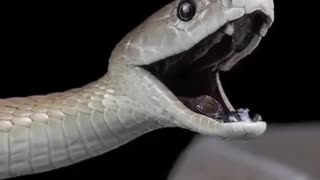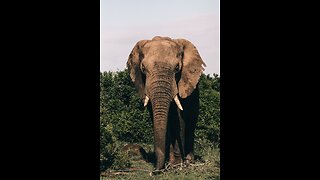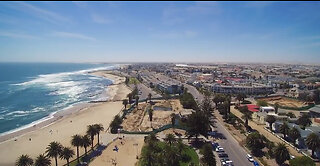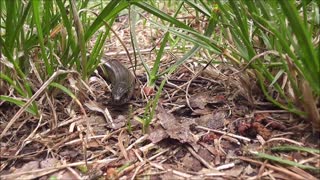Black Mamba Facts: 20 facts about Black Mamba
The black mamba is Africa's largest and most venomous snake and is often found on the ground or occasionally in trees.
It is called a black mamba because of its blue-black mouth lining. It's skin colour is a brown to grey colour with a lighter underside.
The black mamba is one of the fastest snakes in the world, and can slither at speeds of up to about 20 kilometres per hour.
The black mamba is a very agile species that actively hunts warm-blooded prey.
Although it is one the most feared snakes in the world, the black mamba prefers to avoid contact with humans as they are generally shy creatures. However, if it does bite a human and there is no treatment, its bite can kill a human within 20 minutes.
The black mamba has short, fixed fangs at the front of its mouth and has excellent vision.
It can measure up to 4.3 m and weigh in at up to 1.6 kg.
If a black mamba is cornered, it will try and escape. However it can adopt a defensive posture, by raising its head, spreading its neck like a cobra, displaying its black mouth lining and hissing.
If a black mamba is further provoked, it will strike repeatedly, injecting its attacker with large amounts of deadly neurotoxins and cardiotoxins, which affect the nerves and heart
The neurotoxins of the venom of a black mambas venom will cause muscle paralysis, and will eventually killing the victim through respiratory failure.
They tend to eat warm-blooded prey such as bushbabies, rock hyraxes, bats and other small mammals, as well as birds.
Their only real predators are birds of prey, however its young are occasionally predated by other snakes.
They are active during the day, often basking in the branches of a tree in the early morning before they go hunting.
This black mamba usually has a refuge such as a hole, hollow log, rock crevice or termite nest, to which it returns at night.
They will breed between October and November, when the males will compete for females by entwining their bodies and attempting to force their opponent to the ground.
The female black mamba will lay up to 17 eggs often inside a termite mound and they will hatch after 80 to 90 days.
In some studies, young black mambas have rarely been observed, possibly because they grow rapidly and can reach almost two metres in length in their first year, and because they are likely to be more arboreal than the adults.
The black mamba can live for up to 11 years or more in the wild, or for up to 20 years in captivity.
The black mamba is extremely widespread across sub-Saharan Africa, with individuals sighted as far north and west as Senegal, and as far south as north-eastern South Africa. Most reports of this species come from eastern and southern Africa They live in a number of different habitats, including well-wooded savannah and riverine forest, particularly in areas with an abundance of rocky hills and large trees.
-
 0:41
0:41
Factoid412
10 months ago🐍The Black Mamba Facts🐍 #shorts #interestingfacts #snake
9 -
 0:36
0:36
EveryThingWildd
5 months agoHow Dangerous is The Black Mamba?
226 -
 0:41
0:41
Factoid412
1 year ago🐍The Black Mamba Facts🐍 #shorts #interestingfacts #animals #snakes
11 -
 0:56
0:56
Brianaire
1 year agoInteresting facts about African Elephant
4 -
 0:29
0:29
IOL-IndependentOnline
1 year agoSA man gets up close and personal with a black mamba
30 -
 9:06
9:06
Namibia Rumble
1 year ago10 Interesting Facts You Did Not Know about Namibia
4 -
 9:06
9:06
FunFactSharing
1 year ago10 Fun Facts about Namibia
1 -
 6:14
6:14
Qnotables.com
8 months agoAlina Habba - Facts are Facts
912 -
 1:09
1:09
TOJ144
1 year ago5 Fun Facts About The Black Wildebeest
2 -
 0:17
0:17
cobbyk
3 years ago $0.01 earnedBlack mamba hunt
32